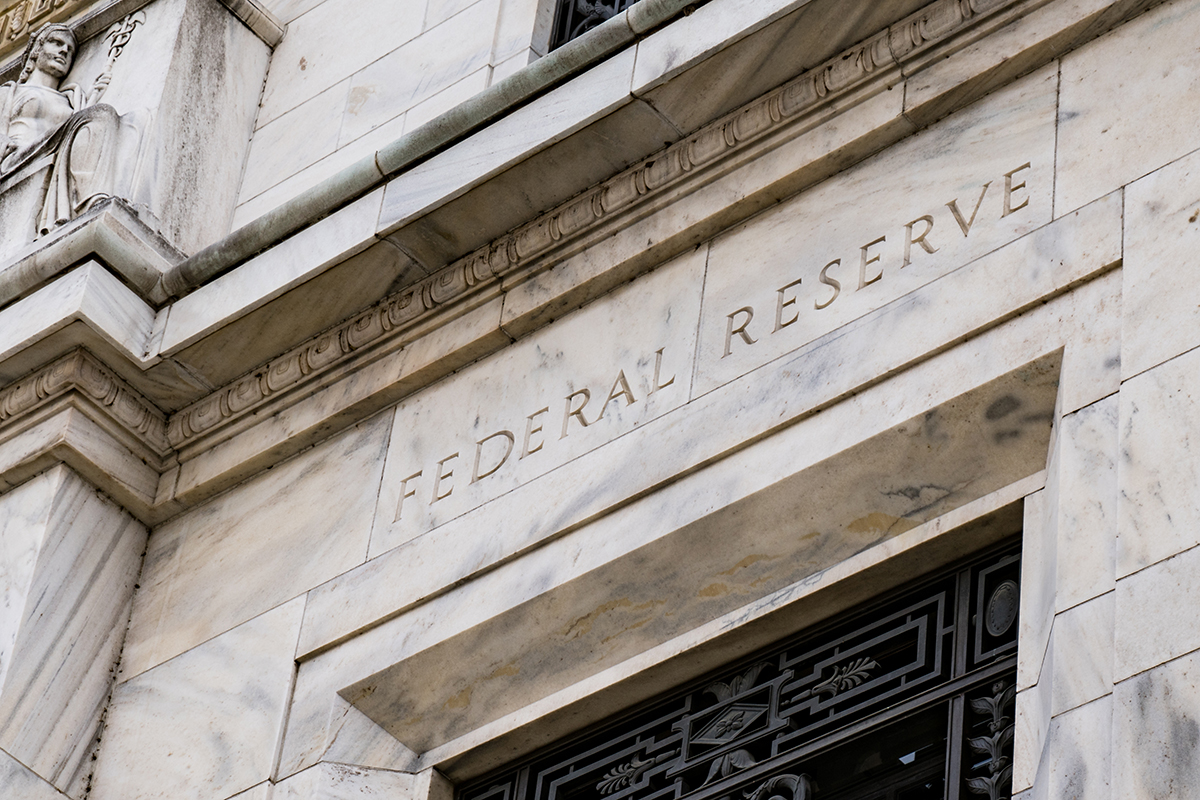The Federal Reserve’s recent decision to keep the federal funds rate unchanged marks the second consecutive time this policy stance has been adopted, leaving the rate at 5.25% to 5.5%, the highest in over 22 years. While this move might provide stability, it continues to impose high consumer borrowing costs, affecting various aspects of financial life, from credit card debts to mortgages and student loans. This article explores the implications of this decision for average consumers, drawing insights from financial experts and analyzing its repercussions across different economic sectors.
Persisting High Borrowing Costs
Despite the unchanged rates, consumers will unlikely see immediate relief in their borrowing costs. Brett House, a professor at Columbia Business School, suggests that households should not expect direct relief soon, especially regarding a reduction in the fed funds rate. With rates raised 11 times in the past 18 months, the impact on consumer finances is significant.
Credit Card Rates at Peak
Credit card rates, closely tied to the Fed’s benchmark, have soared to more than 20% on average, a record high. Sung Won Sohn, a finance and economics professor at Loyola Marymount University, warns that rising credit card debt at such high interest rates is problematic for the long-term economic outlook. Greg McBride of Bankrate.com emphasizes the urgency for borrowers to pay off this expensive debt.
Mortgage Rates Stifling Home Purchases
The housing market is experiencing a slowdown, with the average rate for a 30-year fixed-rate mortgage climbing to 8%, the highest in 23 years. Sam Khater from Freddie Mac points out that affordability remains a significant hurdle, necessitating lower rates and increased inventory for improvement.
Auto Loans Becoming Costlier
Auto loan rates have also escalated, with the average rate for a five-year new car loan reaching 7.62%, the highest in 16 years. This trend is pushing up the cost for car buyers, although those with higher credit scores may still find better deals.
Student Loan Borrowers Facing Higher Rates
New federal student loan borrowers are particularly hit, with rates for new direct loans increasing to 5.50%. The future may hold even higher rates if the 10-year Treasury yield remains around 5%.
Silver Lining for Savers
On a positive note, savers are benefiting from the current situation. The average savings account rate has risen significantly, with some top-yielding online savings accounts offering more than 5%, the best rate in nearly two decades.
The Federal Reserve’s decision to maintain the status quo on interest rates represents a double-edged sword. While it signals a commitment to combating inflation, it simultaneously prolongs the era of high consumer borrowing costs. From sky-high credit card rates to more expensive mortgages and auto loans, the financial burden on consumers remains heavy. Conversely, savers find themselves in a better position than they have been for years. This situation encapsulates the complex interplay between monetary policy and everyday financial well-being, underlining the need for strategic financial planning and prudent borrowing practices in the current economic climate.







